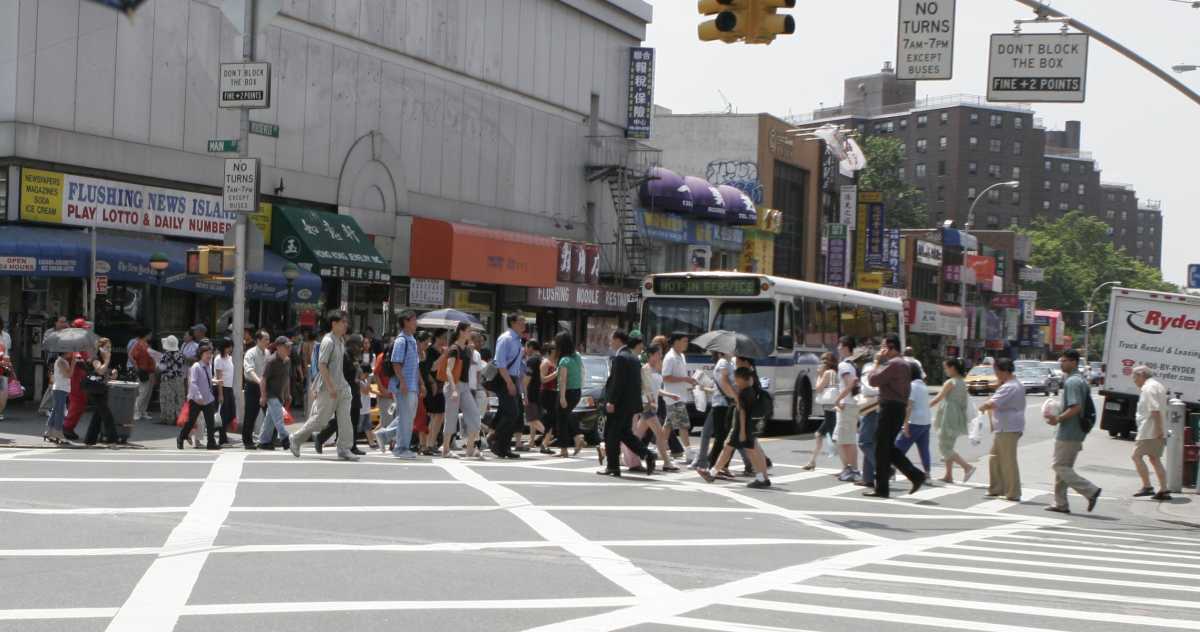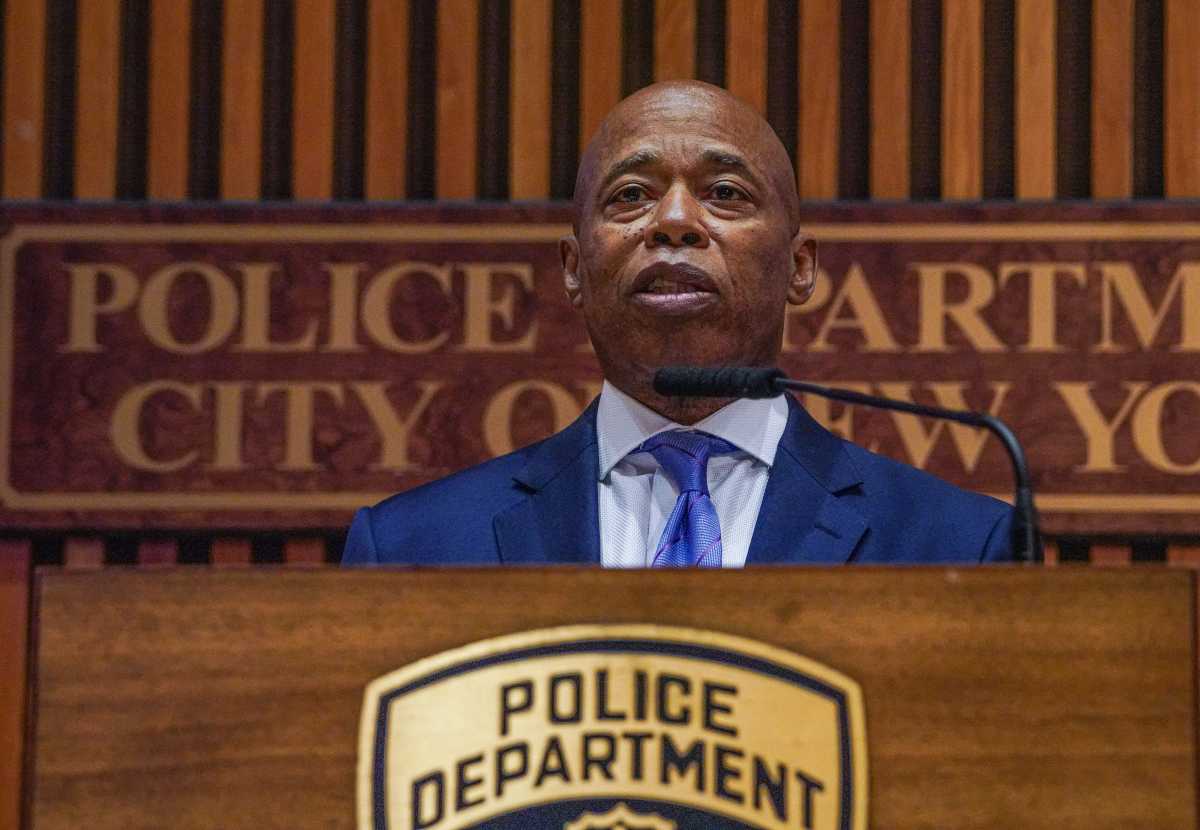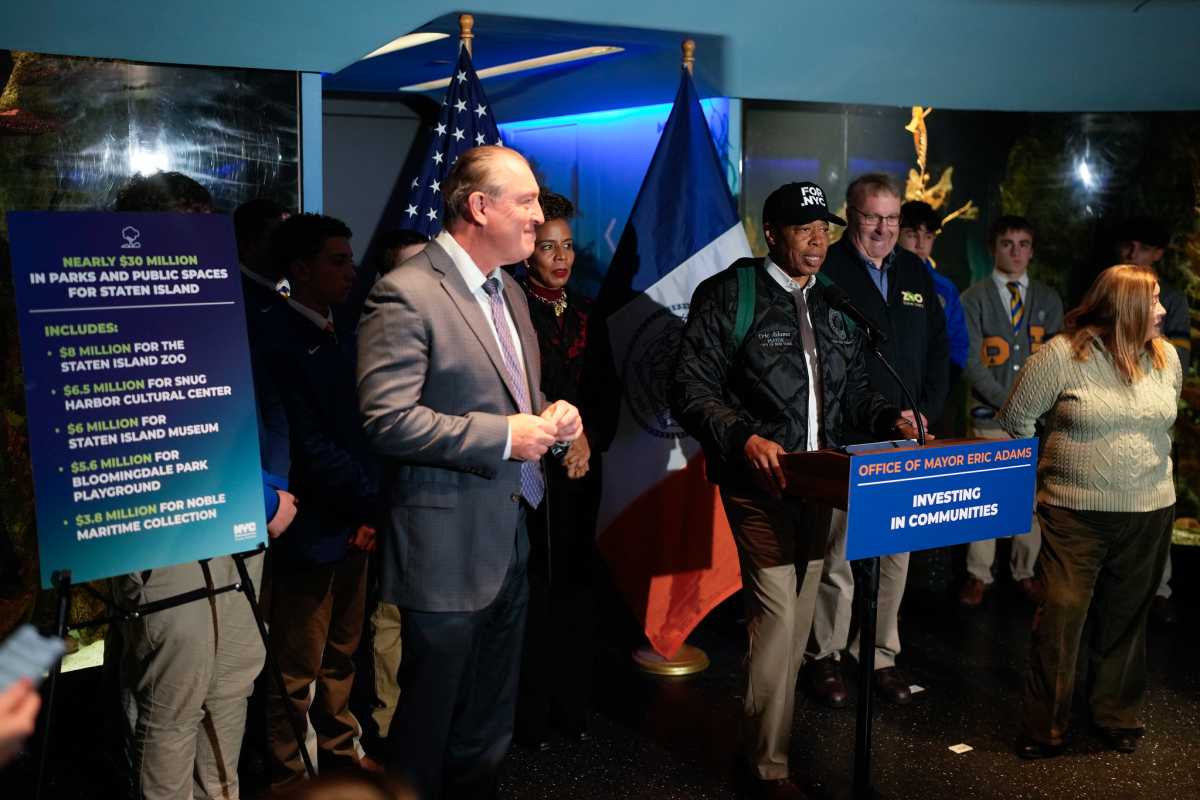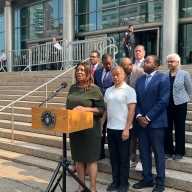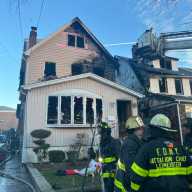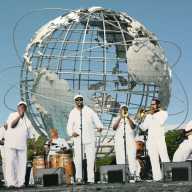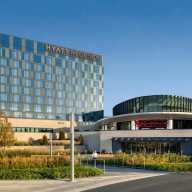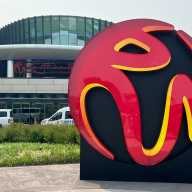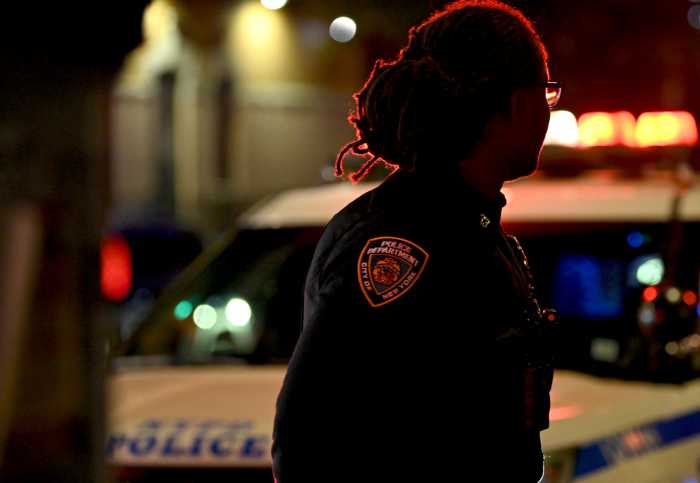The corner of Main Street and Roosevelt Avenue in Flushing is Queens’ version of Times Square: bustling with business, jam-packed with pedestrians and heavily congested with vehicles of all kinds, particularly buses.
No fewer than 21 different bus lines either terminate or pass through within a three-block radius of the intersection. There’s a good reason for this: the intersection is steps away from two of Queens’ busiest train stations: the Main Street stop on the 7 line and the Flushing-Main Street station on the Long Island Rail Road’s Port Washington branch.
For anyone who has had to commute through Flushing, it seems only natural to think that something must be done to make order out of such transit chaos. Those involved with the Flushing West zoning initiative are now open to studying the feasibility of creating a bus terminal in the neighborhood.
Rather than being at the heart of it all, however, the planners are considering putting this terminal along the Flushing Creek waterfront, where planners hope to create a brand-new neighborhood out of what is largely an industrial and commercial area.
Building a bus terminal or station in Flushing is a great idea, but it makes no sense to build it on the waterfront, three blocks away from the heart of Flushing and (more importantly) two of Queens’ busiest train stations. Moreover, a waterfront bus terminal would add buses to an already congested and overburdened College Point Boulevard, which many drivers use as an alternative to the traffic nightmare that is the Van Wyck Expressway.
Finding a solution to Flushing’s traffic woes won’t be an easy fix. Any solution, however, must be closer to the trains rather than to the waterfront.

